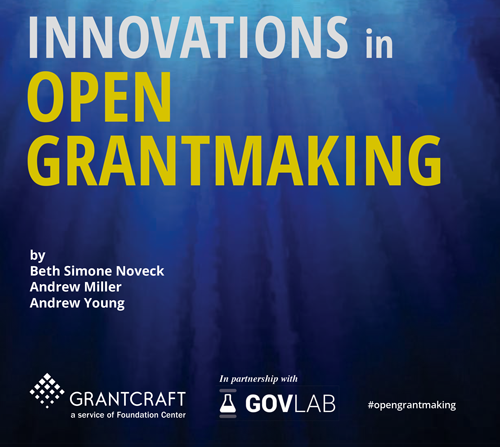Be Flexible How Grant Partners Can Compromise
In any partnership, it’s unreasonable for one partner to completely adopt the practices and approach of the other, and so it is important to find a compromise between cultural practices and program needs. In indigenous philanthropy, that nexus is found in the word flexibility.
Mariana Lopez, an advisor at the International Indigenous Women's Forum (FIMI) identifies different kinds of flexibility:
FLEXIBLE TIME FRAMES
Many variables at the ground level can delay a project or impede completion in the scheduled time period. “In one of our grantee organizations in Cameroon, the director got sick and died. It was very shocking for the organization, and they needed several months to recover from that.” In another case, a traditional seed saving project in Guatemala was delayed until a national indigenous women’s organization convinced the male leadership in the village that women can manage their own budgets. The project was months off schedule but the local women’s group was ultimately introduced to a wider network through their national advocacy partner. “You need to trust the process.”
CULTURAL FLEXIBILITY
Direct democracy is a common characteristic of indigenous peoples around the world. Decision making often involves entire community meetings that run for days. Imagine a community hall in the depths of the Amazon. Every member of the community takes their time to speak. “Sometimes they need the consensus of the community, and this takes time. You need to respect their process of decision making.”
FINANCIAL FLEXIBILITY
While it may be standard practice to specify budget lines for particular activities, in indigenous-led philanthropy, those lines get blurred to encourage empowerment and creativity. Letting go of some control, and allowing changes in the budget during implementation, entrusts grantees to make strategic decisions after funding is received. “It is very important to trust how they decide how to manage the budget.”
FLEXIBILITY IN DEFINING WHAT IS VALUED
Funders who work with indigenous peoples refer frequently to intangibles beyond monetary value that are crucial to the success of a project. The use of traditional knowledge, spiritual practices, or even an indigenous language in a project can be documented as a community’s matching contribution.
Takeaways are critical, bite-sized resources either excerpted from our guides or written by Candid Learning for Funders using the guide's research data or themes post-publication. Attribution is given if the takeaway is a quotation.
This takeaway was derived from Funding Indigenous Peoples.


